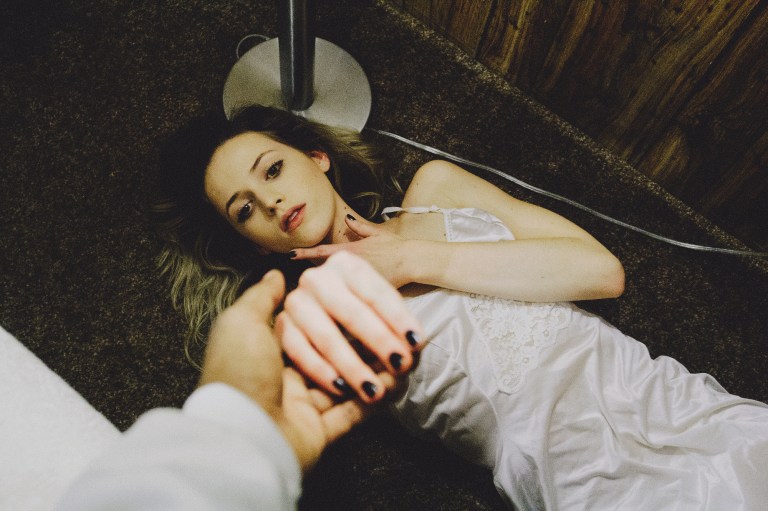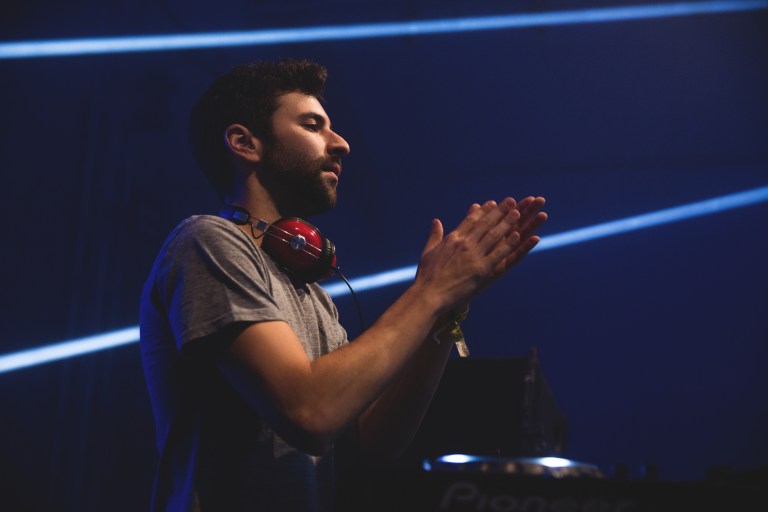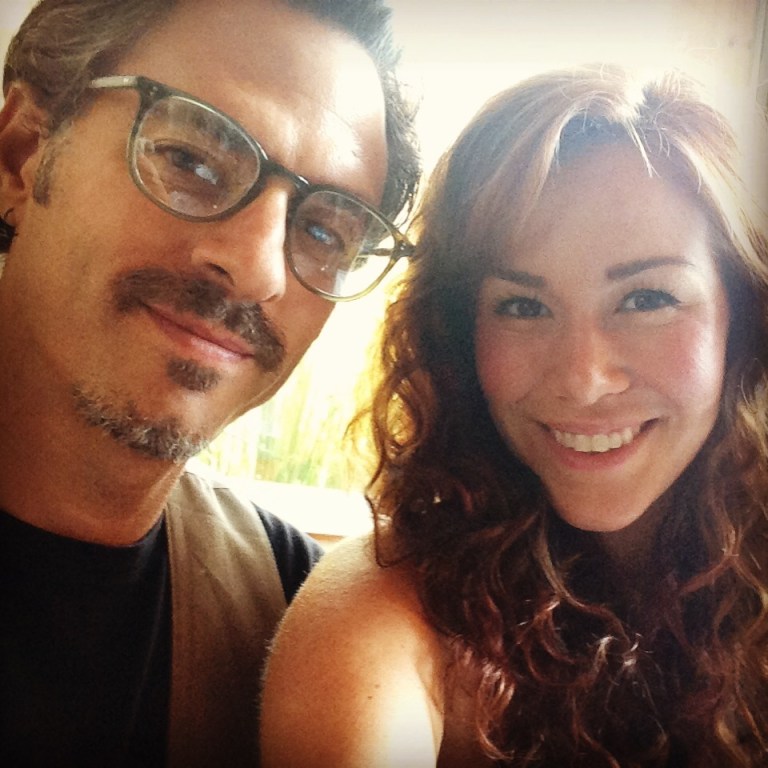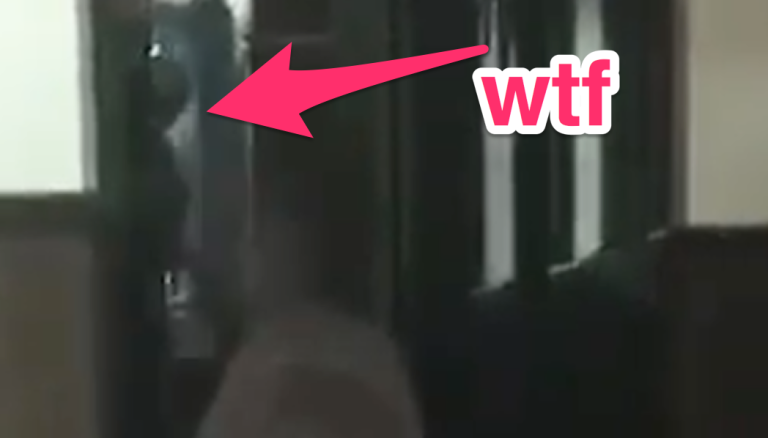Why I Had My iPhone In My Hand While Viewing The Nirvana Exhibit At Experience Music Project
I’m not arguing that there aren’t times when one should put one’s phone away, even if it’s a challenge, but I don’t think that holding it in my hand at a museum, or even a meal, is an inherently rude gesture. Certainly, alone at EMP, I’m not being rude to anyone around me or taking…
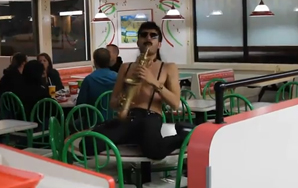
I’ve been in the new “Nirvana: Taking Punk to the Masses” exhibit at Seattle’s Experience Music Project (EMP) for five minutes when I realize that I am the internet-obsessed person David Carr was talking about in his recent New York Times piece, “Keep Your Thumbs Still When I’m Talking to You.” Carr quoted journalism student Roxanna Asgarian saying, “I prefer to experience the thing itself over the experience of telling people I’m doing the thing.” I am the person, presumably, that she is reference as I make my way through the museum on its third day of being open to the public, and the idea that I am doing something wrong, something disloyal to the very purpose of art, flits through my mind as I absorb the exhibit, iPhone in hand like it’s a lifeline.
I’ve already checked in on Foursquare and Yelp, posted a photo of a quote by Krist Novoselic on Facebook (“Music is an art form that thrives on reinvention”), and will momentarily be sharing on Tumblr my thoughts on the bittersweet sadness of listening to Heatmiser’s song “Half Right.” I’m not the only one with a camera out, either. Photos are allowed, and many visitors are taking advantage of the moment to capture photos of Kurt Cobain’s early artwork, smashed guitars, tour snapshots and other band memorabilia. At first, I think I will photograph everything, so I can relive it all when I get home, but the deeper I get sucked in, the more I realize there are only certain artifacts I feel the need to capture in this way. Some are simply visually striking, like the life-size winged creature used on the cover of In Utero. Some are rather ordinary looking, save for the fact that they are the products of Nirvana, like their tape Safer Than Heaven. Some are things I didn’t expect to find in this paean to what I assumed would be the excesses of grunge: cancelled checks and a Sub Pop contract. Some strike me as ludicrous, like “Source of Youth” listed as an item to check off the list when looking for a good place to start a successful band.
Taking photos in a museum doesn’t mean that I think those photos in any way substitute for seeing it for yourself. That’s ludicrous. (If you go, I highly recommend watching all of Sub Pop VP Megan Jasper’s interviews; she had me laughing out loud about making up the “grunge lexicon” the New York Times printed without gospel, then I appreciated her thoughts on death and music industry capitalism moments later.) The issue is not as black-and-white as Carr paints it, and while he is talking about technology’s intrusion into daily interactions, I sensed that he’d be displeased to find so many of us twiddling our thumbs, as it were, as we make our way through music history.
Firstly, the exhibit will be up for two years; I happened to be there on its third day. Taking photos isn’t just a way to say “I was there” on Flickr, but to both remember certain details and capture aspects of it that I found intriguing and to share it with friends who might want to see it but aren’t in Seattle. Unlike Asgarian, I don’t believe it’s an either/or prospect: absorb or document. Many of us are not only astute at doing both, but would feel somehow lost without the dual balance. I will admit that when I’m taking a photo, I am not, perhaps, as absorbed in my surroundings as I might otherwise be, but the act of pausing to peer at my phone’s screen, of framing what I want to capture, of smiling to myself as I remember when it was that I first heard a Dinosaur Jr. or Heavens to Betsy or Lois song, is, to me, just as important as seeing Kurt Cobain’s schoolboy artwork or looking at a demolished guitar.
I’m not arguing that there aren’t times when one should put one’s phone away, even if it’s a challenge, but I don’t think that holding it in my hand at a museum, or even a meal, is an inherently rude gesture. Certainly, alone at EMP, I’m not being rude to anyone around me or taking away from their cultural experience. Not every piece of art or culture I take in is one I feel the need to remember, but at least in that setting, it’s okay, accepted, and welcomed–perhaps. The curators seem to get that we each need to do whatever we need to to fully absorb our surroundings. I think it makes sense for the museum to allow photographs, because then attendees can share what they’ve seen with others and thereby encourage people to check it out for themselves.
I can contrast my visit to EMP with the other Seattle Center cultural offering I took in, a matinee of the play This at Seattle Rep, a few minutes’ walk away. There were plenty of moments in the play I found noteworthy, from the married man who tells the woman with whom he had a one-night stand, “You invade my psyche,” to the game the other characters play with Jane, whereby she leaves the room and has to guess the story they’ve made up, using only yes and no questions. Only there is no story, save for the one she spins, and she is the last one in on the not-so-funny (to her) joke. Unlike the museum, except for perhaps the video interview sections, the play moved too quickly to capture except by memory.
Both ways of processing and responding to art with simply our eyes and ears, or with the aid of technology, or perhaps pen and pencilæare, I believe are necessary. Any time I walk into a museum, a theater, or even a park, or open a book or visit a website, I am hoping that something I find there will leave me changed and different than I was before I ventured into that space. My photos (which you can see here) don’t tell a whole story, mine or the museum’s, so much as offer a tease, a glimpse into what stood out for me during my two hours in EMP. They aren’t meant to replace or stand in for the exhibit.
Carr’s focus was on how technology, and specifically smartphones, have changed the quality of human interaction. Perhaps, overly sensitive, I bristled at its tone, because for me to an overwhelming degree technology and social media in particular have served to make me feel closer to other people, strangers and acquaintances. I didn’t take the photos for those people, but if they get something out of them, whether a smile, a raised eyebrow, or even a scowl, I’m glad. And for the record, I will likely visit the exhibit again during its run, because no matter how many times I look at those photos and recall what I felt like standing there, full of a jumble of mixed emotions, nostalgia and pensiveness, only some of which had to do with Nirvana’s music, I know that I can always walk in again and regain that opportunity to be changed, charged and moved. That’s the point of art, and it’ll be a sad day when technology obliterates the beauty of allowing yourself to be open to the unknown. I don’t think that day is here, and, perhaps I’m being overly optimistic, but I don’t believe it ever will be. ![]()
